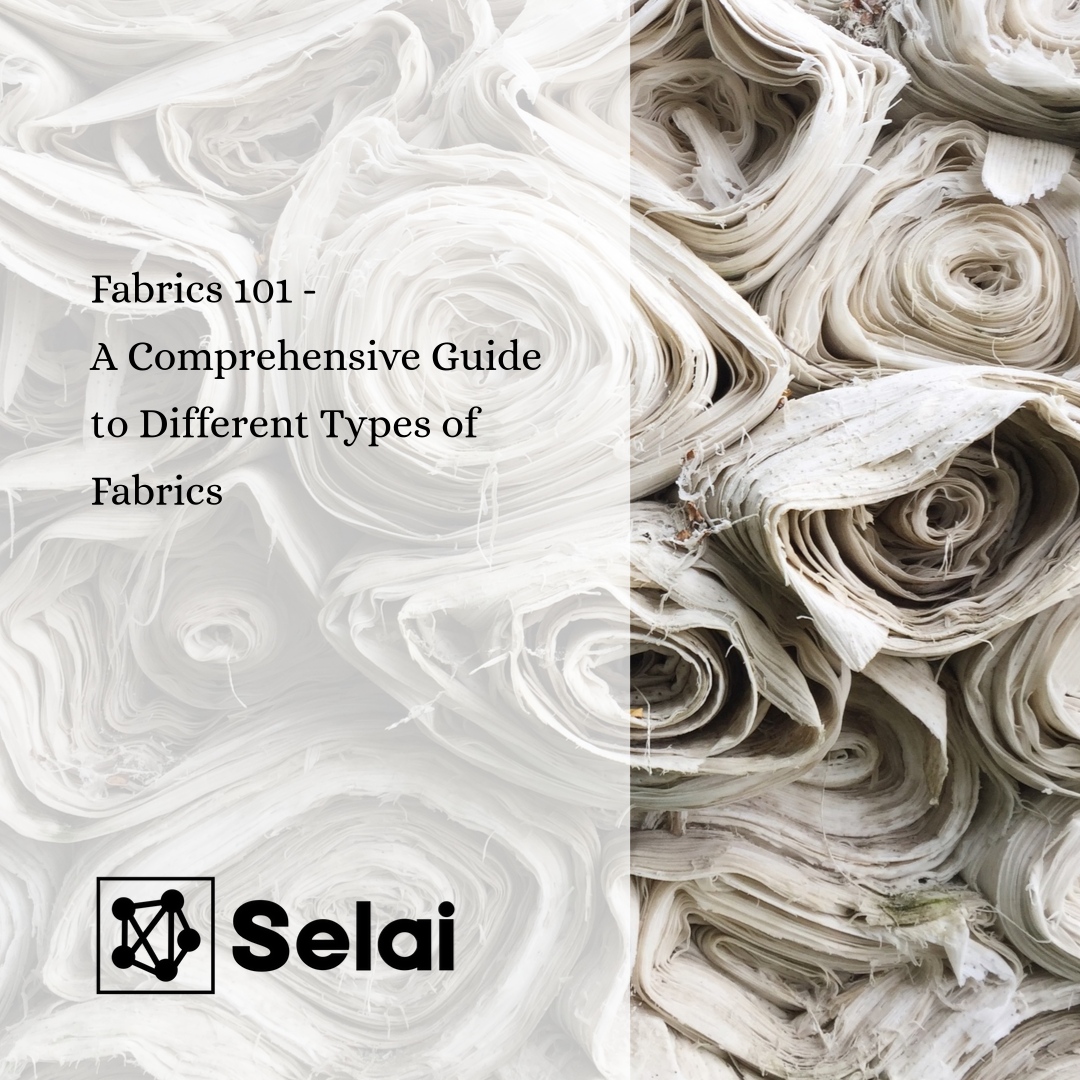
Fabrics are the fundamental building blocks of the textile industry, serving as the canvas for creativity and functionality in a wide range of applications. From the clothes we wear to the upholstery on our furniture, fabrics play a crucial role in our everyday lives. This comprehensive guide explores the diverse world of fabrics, shedding light on the different types and their unique characteristics.
I. Natural Fabrics
Cotton
Cotton is a soft, breathable, and versatile fabric made from the fibers of the cotton plant. It is known for its comfort and ease of care, making it a popular choice for clothing, bed linens, and everyday items.
Linen
Linen fabric is derived from the flax plant and is valued for its natural luster, breathability, and ability to wick moisture. It’s often used in summer clothing and home textiles like tablecloths.
Wool
Wool comes from the fleece of sheep and other animals like goats and alpacas. It is renowned for its warmth, moisture-wicking properties, and natural insulating abilities, making it a top choice for winter wear.
Silk
Silk is a luxurious and delicate fabric produced by silkworms. It is known for its softness, sheen, and hypoallergenic properties, often used in high-end fashion and bedding.
II. Synthetic Fabrics
Polyester
Polyester is a synthetic fabric that is durable, wrinkle-resistant, and easy to care for. It is commonly used in sportswear, casual clothing, and various home textiles.
Nylon
Nylon is a strong, lightweight synthetic fabric with excellent elasticity. It is widely used in activewear, hosiery, and as a component in blended fabrics.
Spandex (Lycra or Elastane)
Spandex is known for its exceptional stretch and recovery properties. It’s often blended with other fabrics to provide elasticity in sportswear, swimwear, and undergarments.
Acrylic
Acrylic fabric mimics the softness and warmth of wool but is less expensive. It’s commonly used for blankets, sweaters, and winter accessories.
III. Blended Fabrics
Polyester-Cotton Blend
Combining the best of both worlds, this blend offers the breathability of cotton and the durability of polyester. It’s commonly used in casual clothing and uniforms.
Wool-Silk Blend
This luxurious blend combines the warmth of wool with the elegance of silk, resulting in a fabric that’s perfect for high-end suits and formalwear.
Cotton-Linen Blend
Blending cotton and linen creates a fabric that’s comfortable, breathable, and less prone to wrinkles. It’s ideal for summer clothing and casual home textiles.
Rayon
Rayon is a semi-synthetic fabric made from natural cellulose fibers. It’s often blended with other materials to create fabrics with improved drape and breathability.
IV. Specialty Fabrics
Denim
Denim is a rugged cotton twill fabric known for its durability and use in jeans, jackets, and workwear.
Velvet
Velvet is a plush fabric with a soft, dense pile. It’s used in elegant evening wear, upholstery, and drapery.
Tulle
Tulle is a lightweight, sheer fabric commonly used in wedding veils, ballet tutus, and decorative accents.
Canvas
Canvas is a heavy-duty, plain-woven fabric often used in bags, tents, and industrial applications due to its strength and durability.
Fabrics are the versatile materials that clothe us, furnish our homes, and serve countless other purposes in our daily lives. The diverse array of fabrics, from natural fibers like cotton and silk to synthetic options such as polyester and nylon, allows us to meet a wide range of needs, from comfort and style to functionality and durability. As technology advances and consumer preferences evolve, the world of fabrics continues to expand, offering new materials and blends that push the boundaries of what is possible in the textile industry. Understanding the characteristics and uses of these different fabric types empowers consumers and designers to make informed choices and explore the limitless possibilities of textile innovation.
